Spaghetti cacio e pepe: a cornerstone of the Roman cuisine (together with carbonara), made with just three simple ingredients: spaghetti, pecorino romano and fresh pepper ground with a mortar. No oil, no butter and no cream!
To prepare a creamy cacio e pepe, it is necessary to pay attention to how the typical cheese cream is formed, as it is the actual pasta sauce.
The grated cheese is melted gently in bain-marie and, very little at a time, the pasta cooking water is added just enough to obtain a fluid and creamy consistency.
Pasta cacio e pepe is a timeless classic, a tasty and savoury dish that should be eaten immediately to prevent the cheese from thickening and ruining the consistency of the dish itself.
Let's discover the authentic Italian Cacio e Pepe recipe!
Category: First Courses
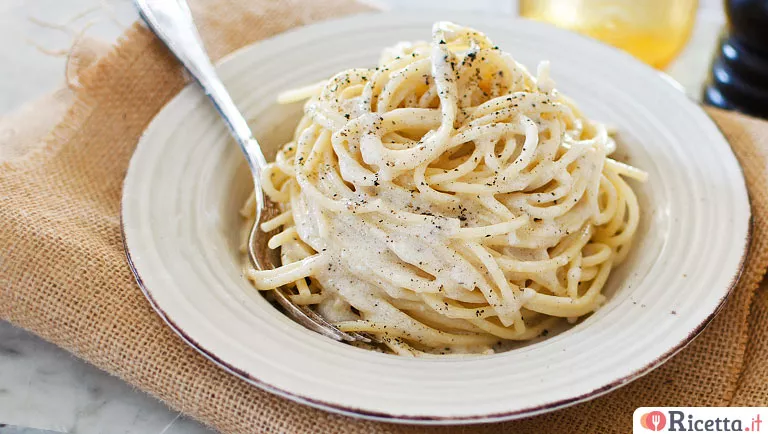
Bring lightly salted water to the boiling point. Place a small bowl on a saucepan with two inches of water. Bring the water in the saucepan to the boiling point, as to keep the bowl warm. [1]
Boil the spaghetti. [2]
Pour the cheese into the hot bowl and add freshly ground pepper to taste. Stir gently to begin melting it. [3]
Add a ladle of cooking water, using the consistency of the cream as a regulator. Better to add very little water at a time. [4]
When the cream is smooth and velvety, it will be ready to season the pasta. [5]
Drain the spaghetti al dente, pour them into a bowl and season them with the cacio e pepe cream. Serve immediately.[6]
You can choose the amount of pepper to use, depending on your taste.
The original recipe of cacio e pepe is a pillar of Roman cuisine and does not lend itself to many variations.
However, you could use rigatoni or the more famous pici or tonnarelli of fresh pasta instead of spaghetti.
It is advisable to adjust gradually with the amount of water to add to the pecorino cream, even a single spoonful more could make the difference. Always choose freshly ground pepper and not ground pepper.
Cacio e pepe is perfect for a romantic dinner.
The tasty and robust cacio e pepe pasta requires a wine that is rich but not too elaborate: if white lovers cannot give up a good Gewurztraminer or a Merlot, red lovers will let themselves be tempted by a Sangiovese, a Velletri Rosso and, why not, a nice Brunello di Montalcino."]
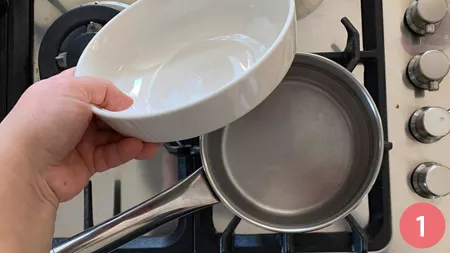
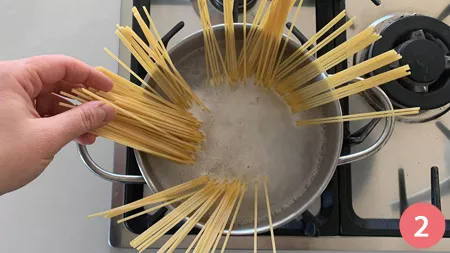
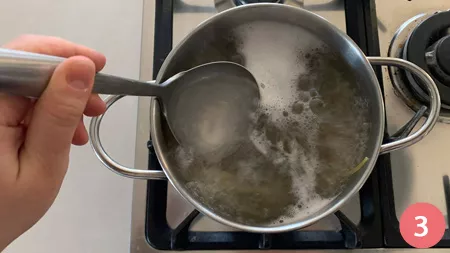
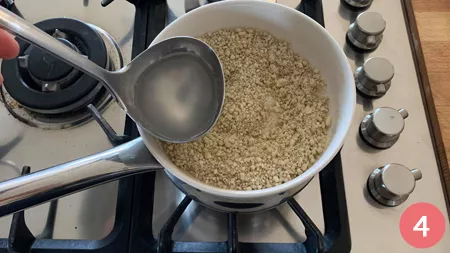
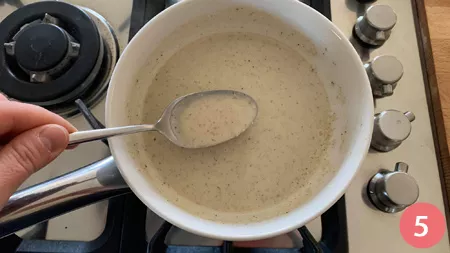
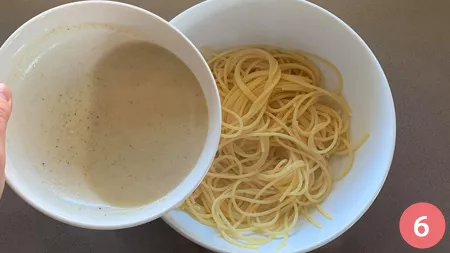
Any doubts or questions?
Share your experience